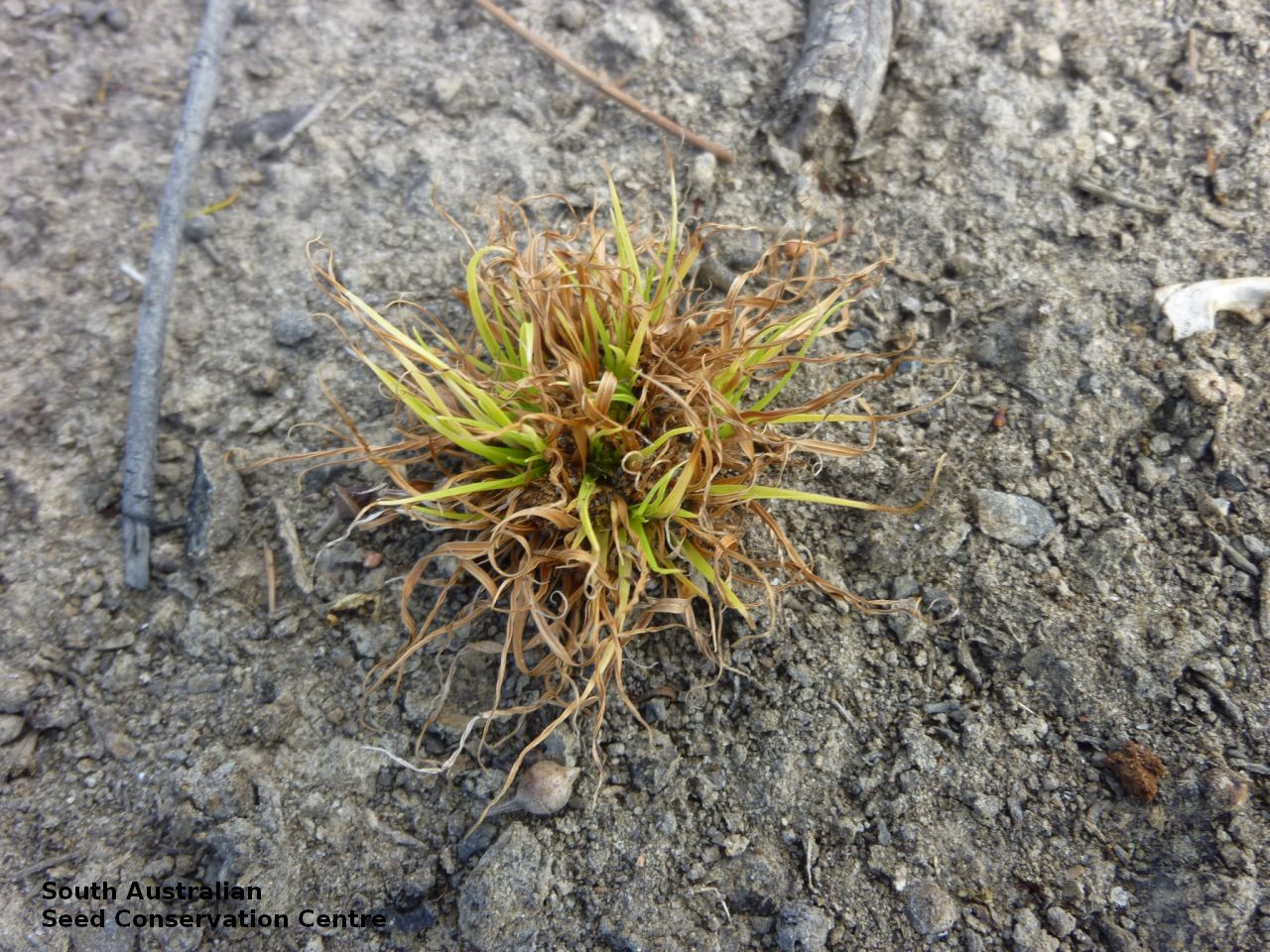
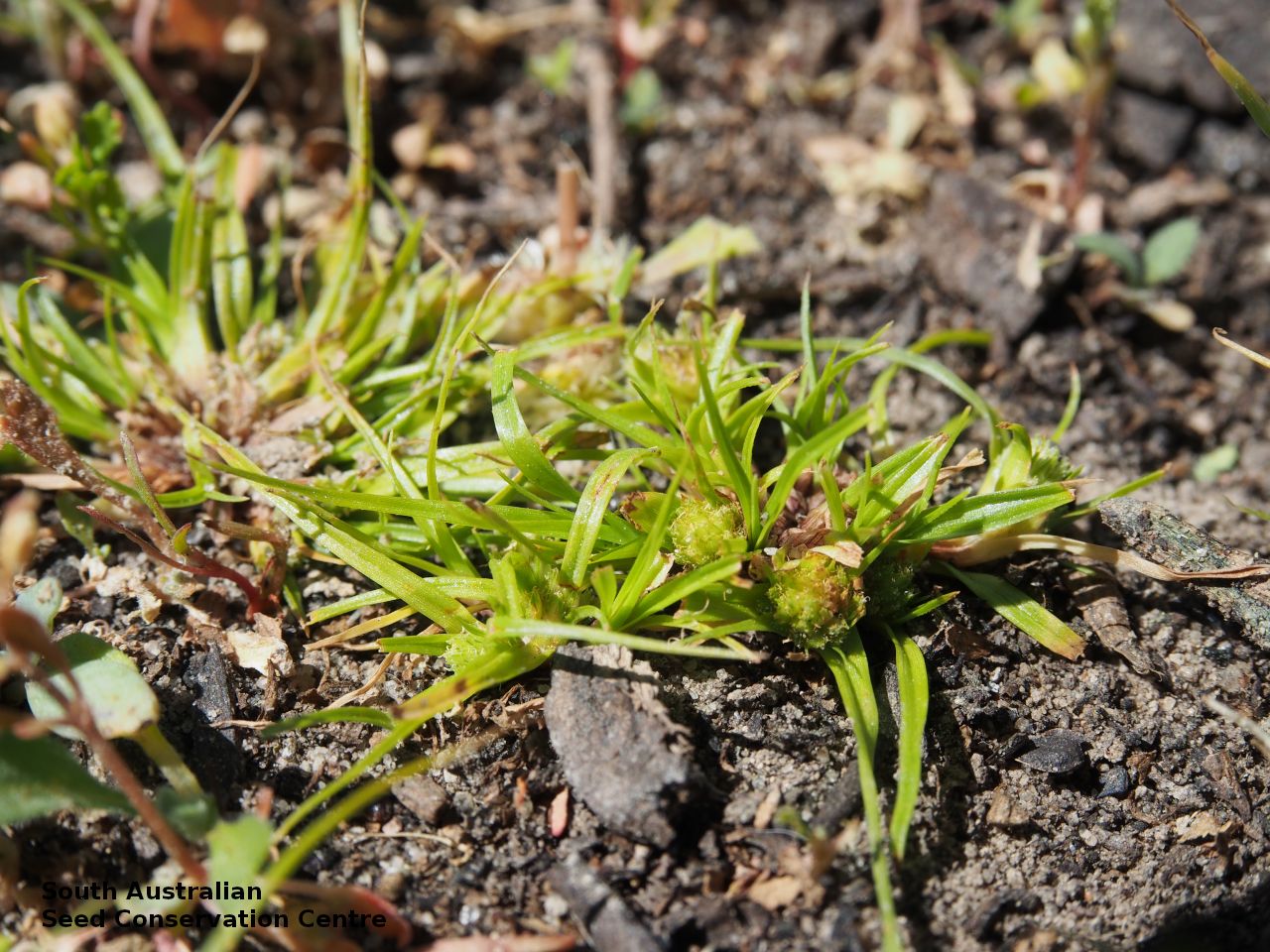
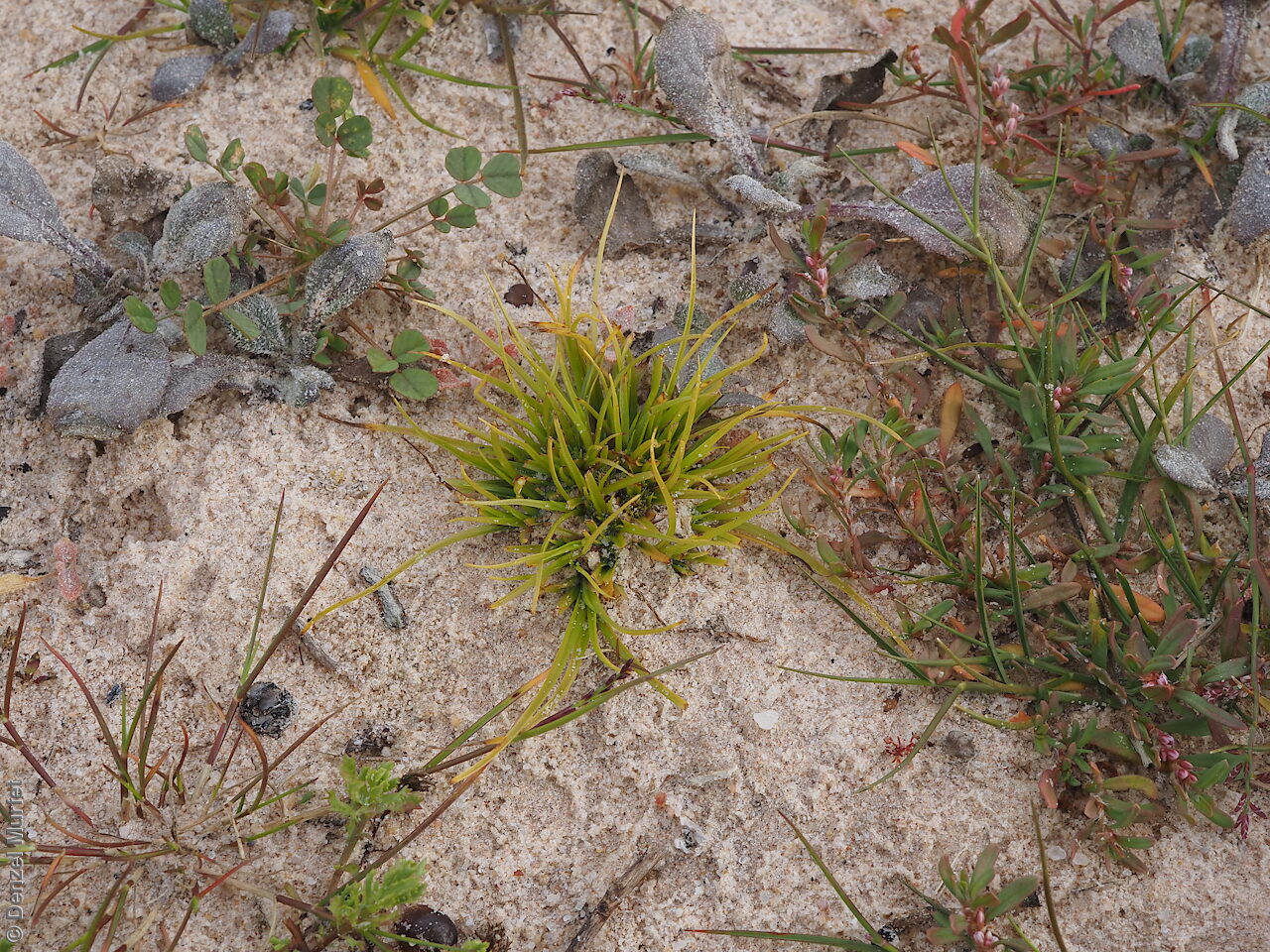
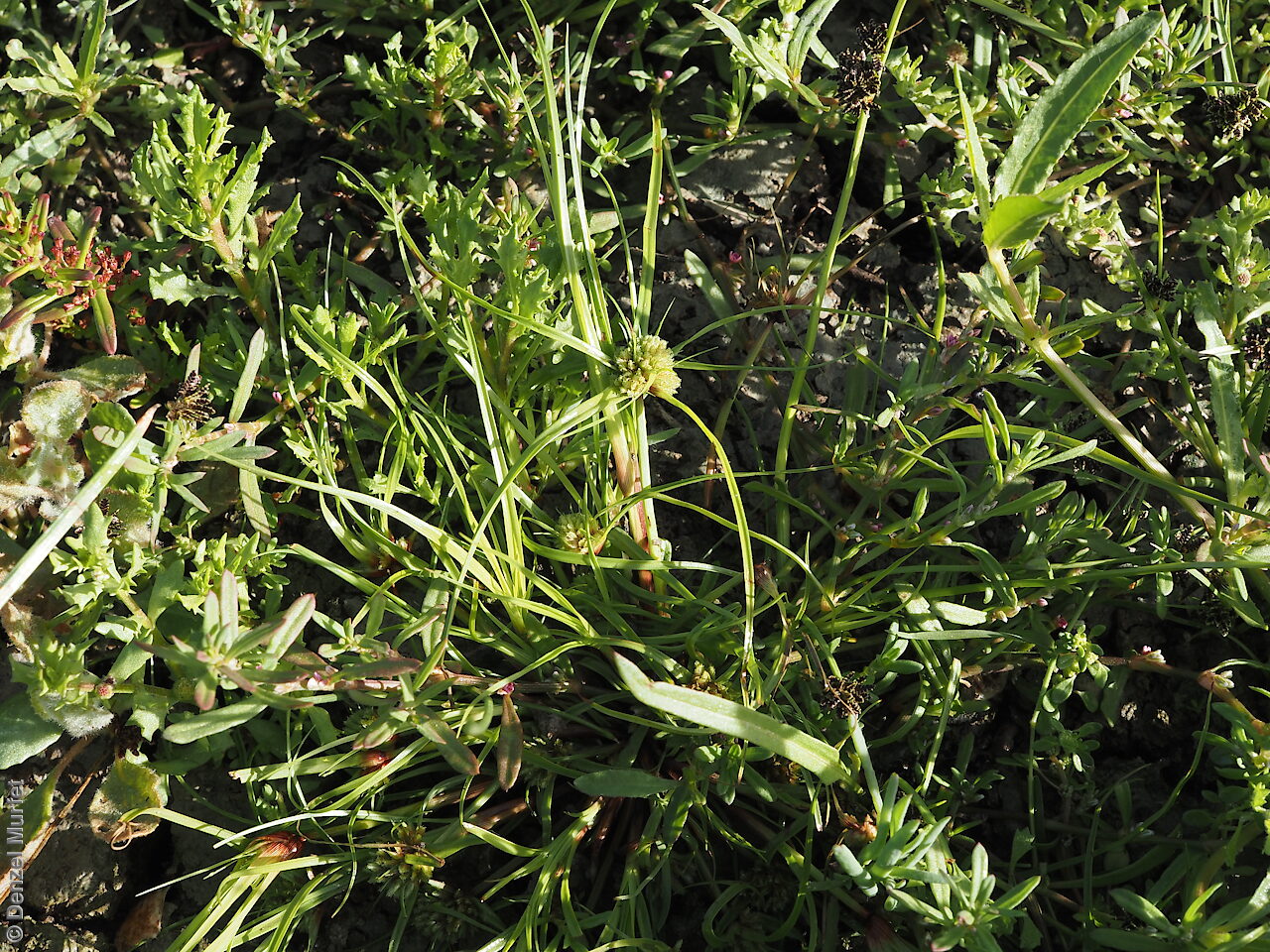
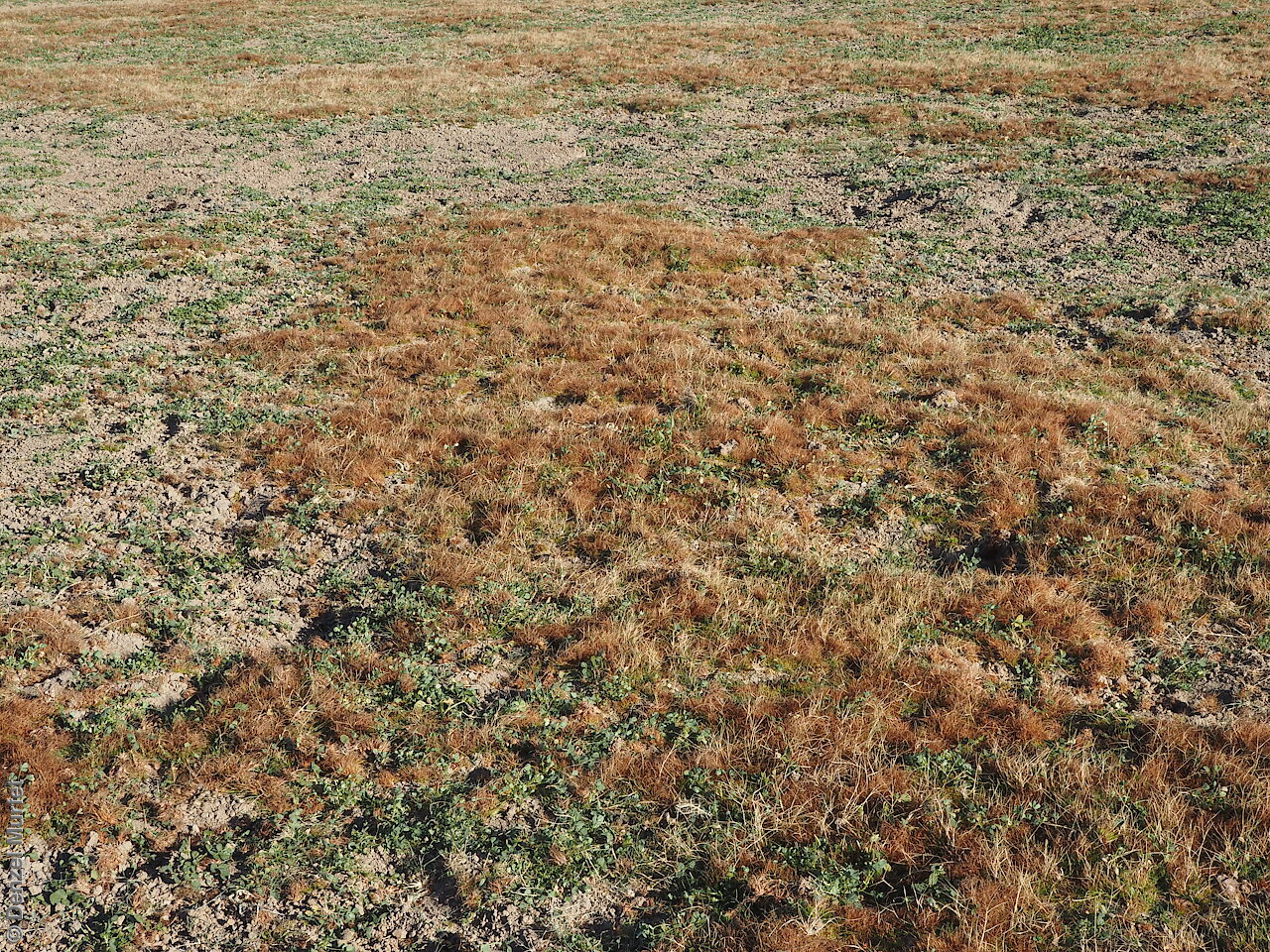
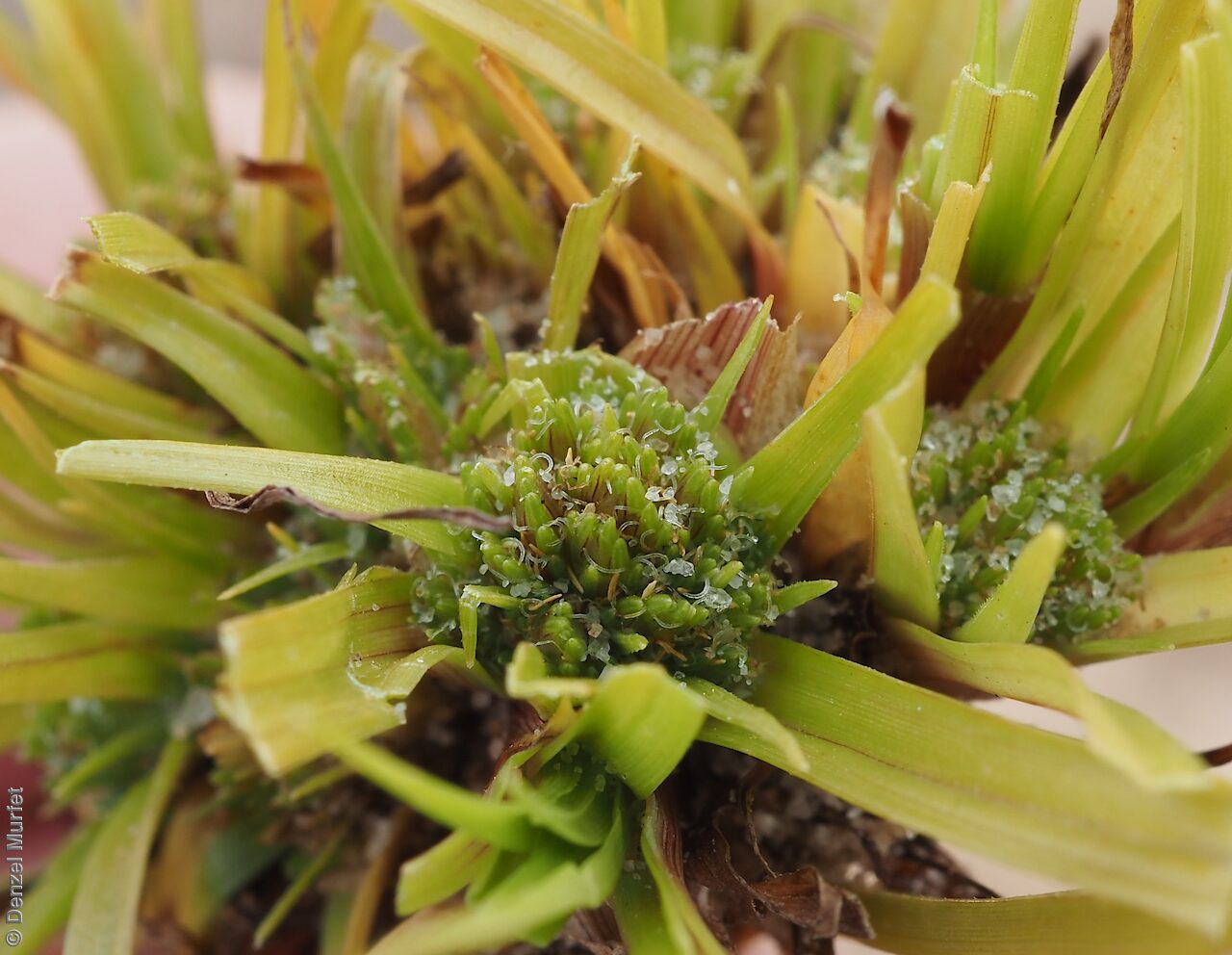
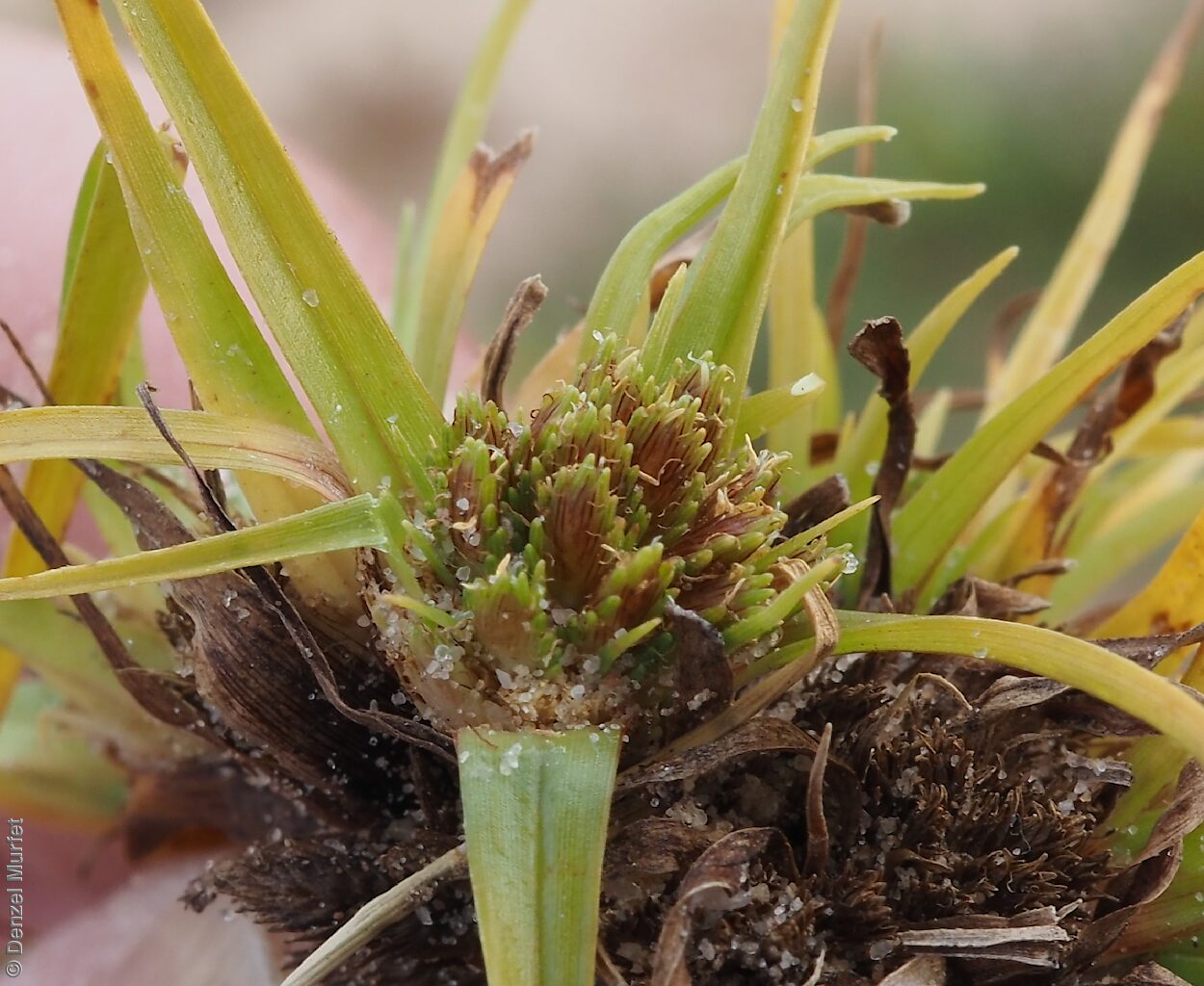
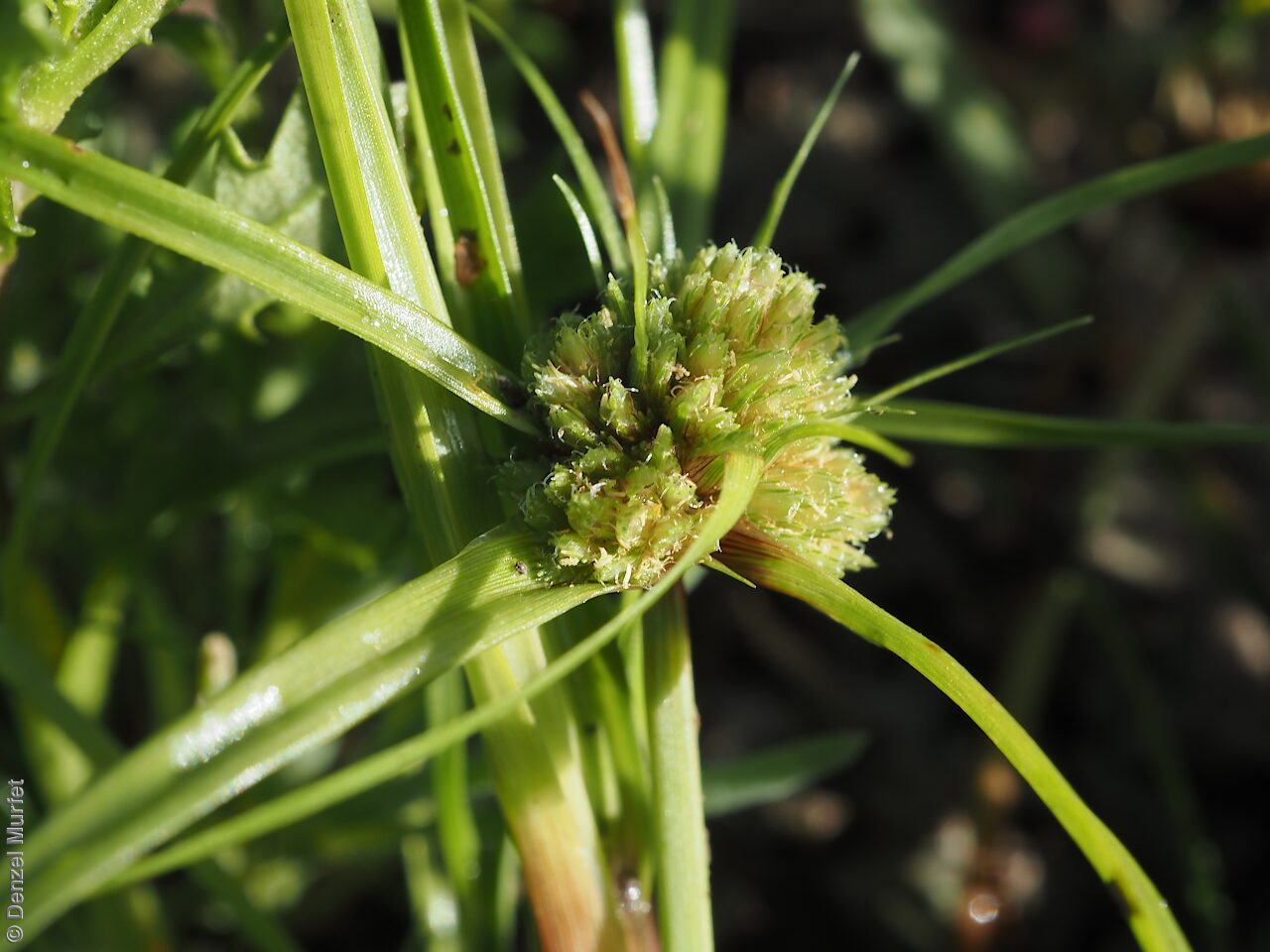
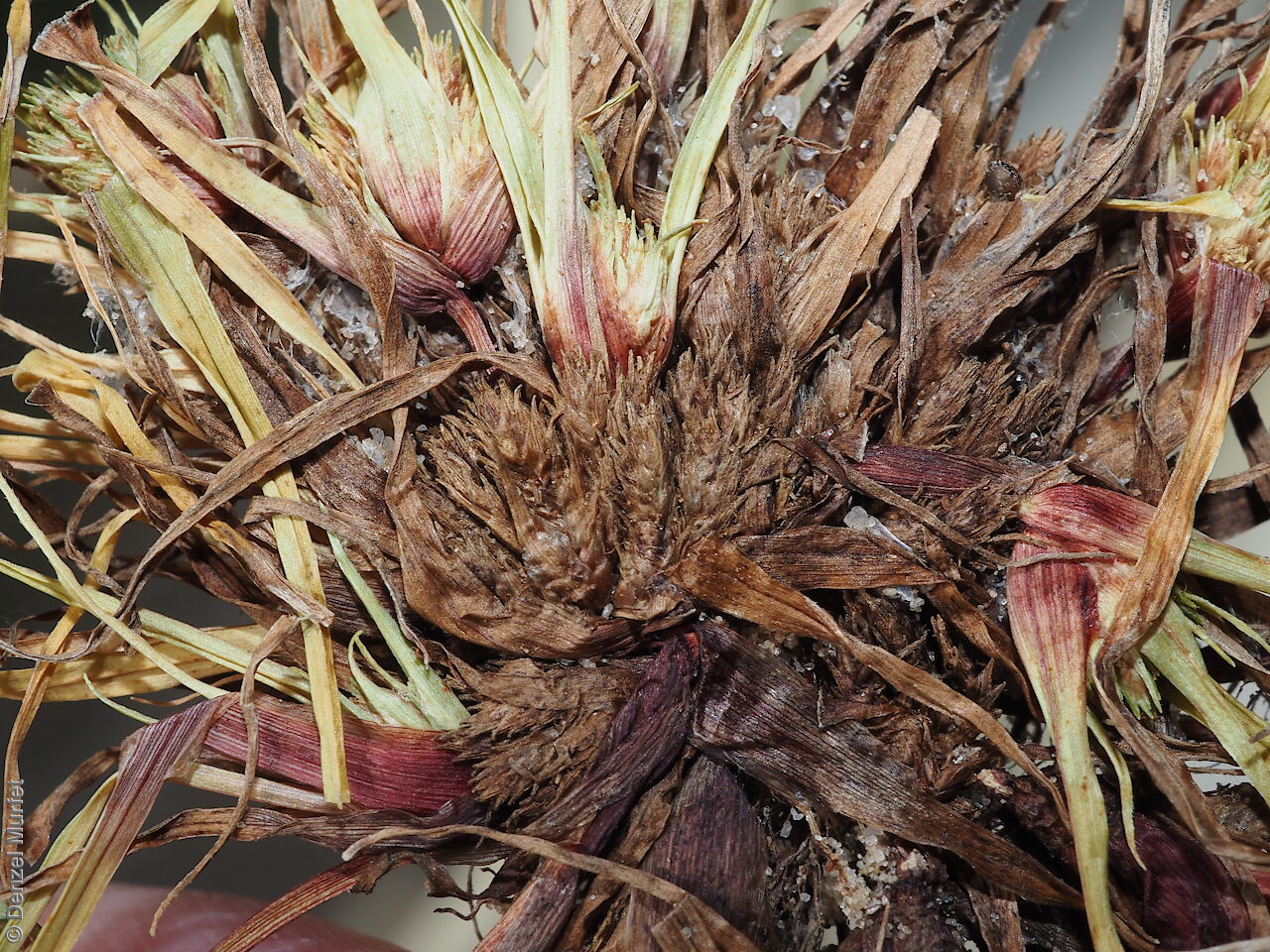
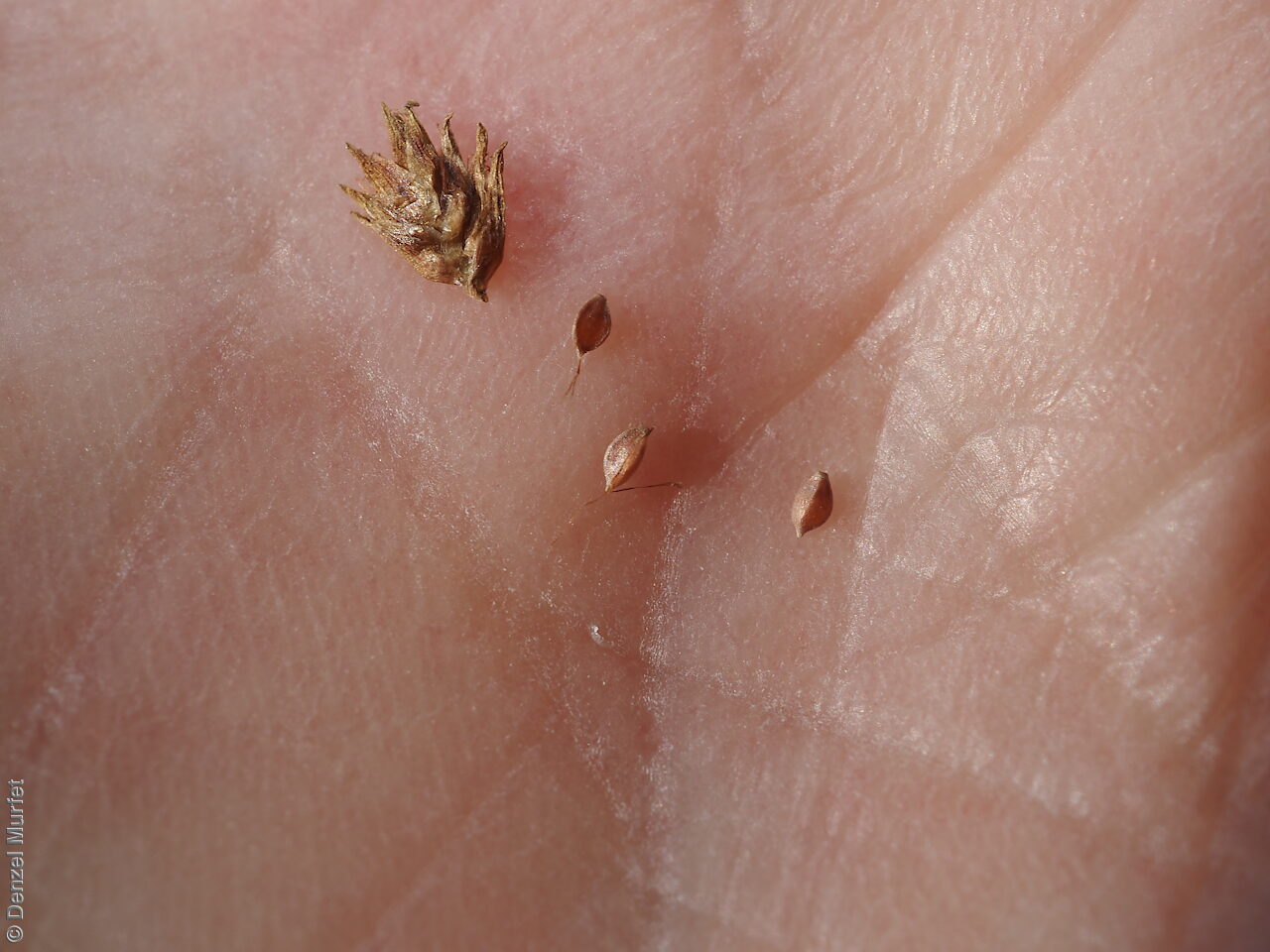
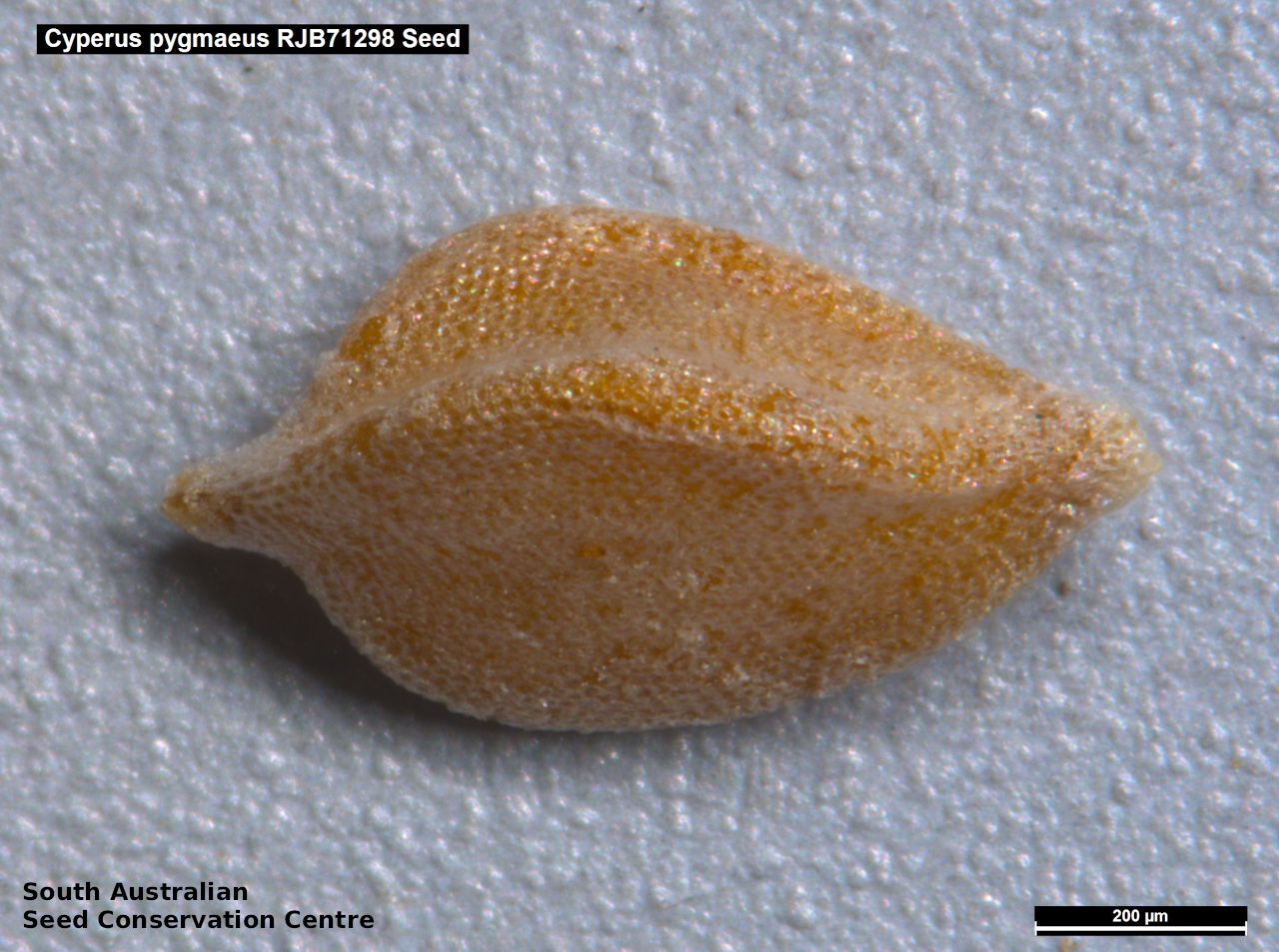
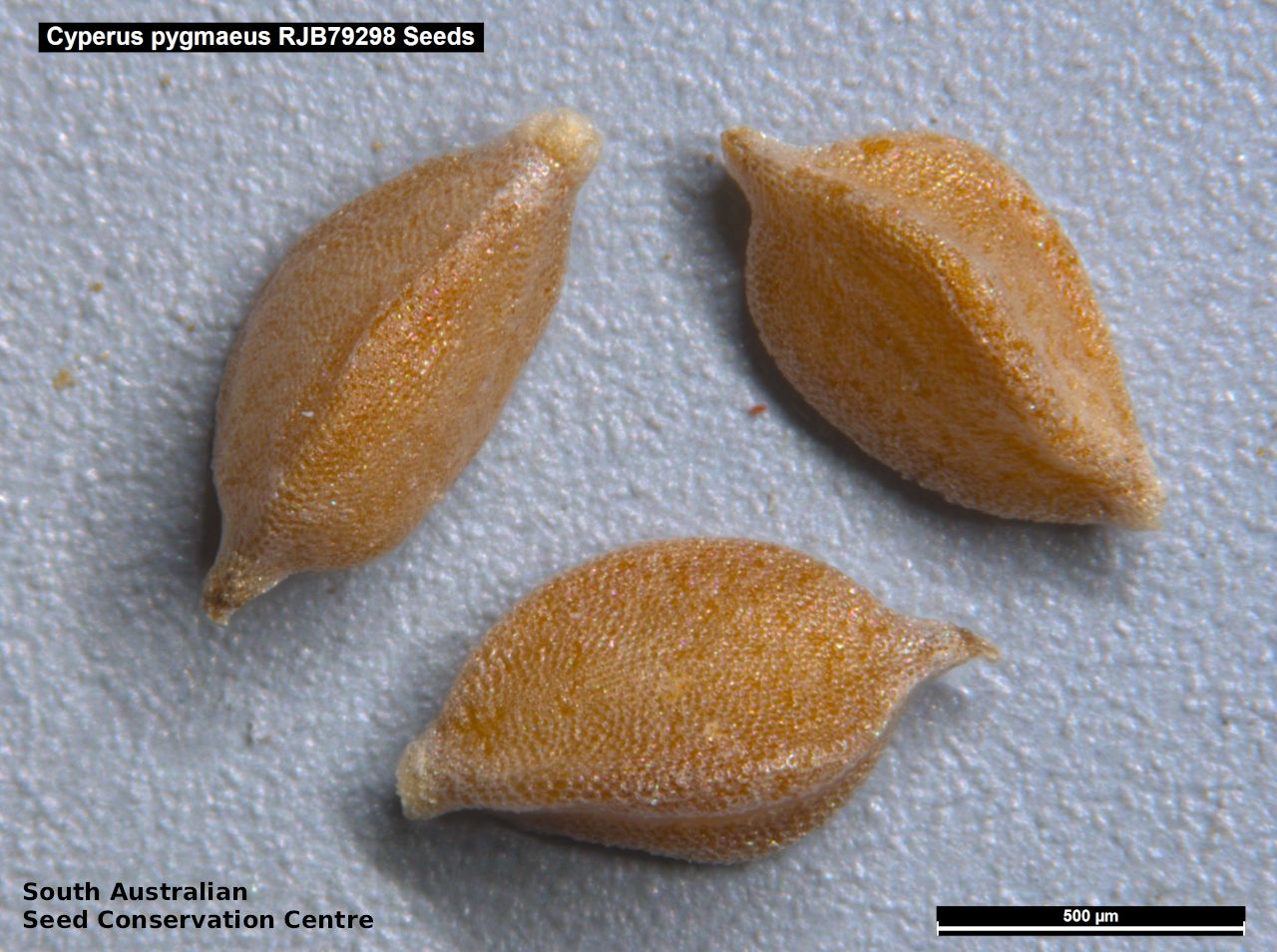
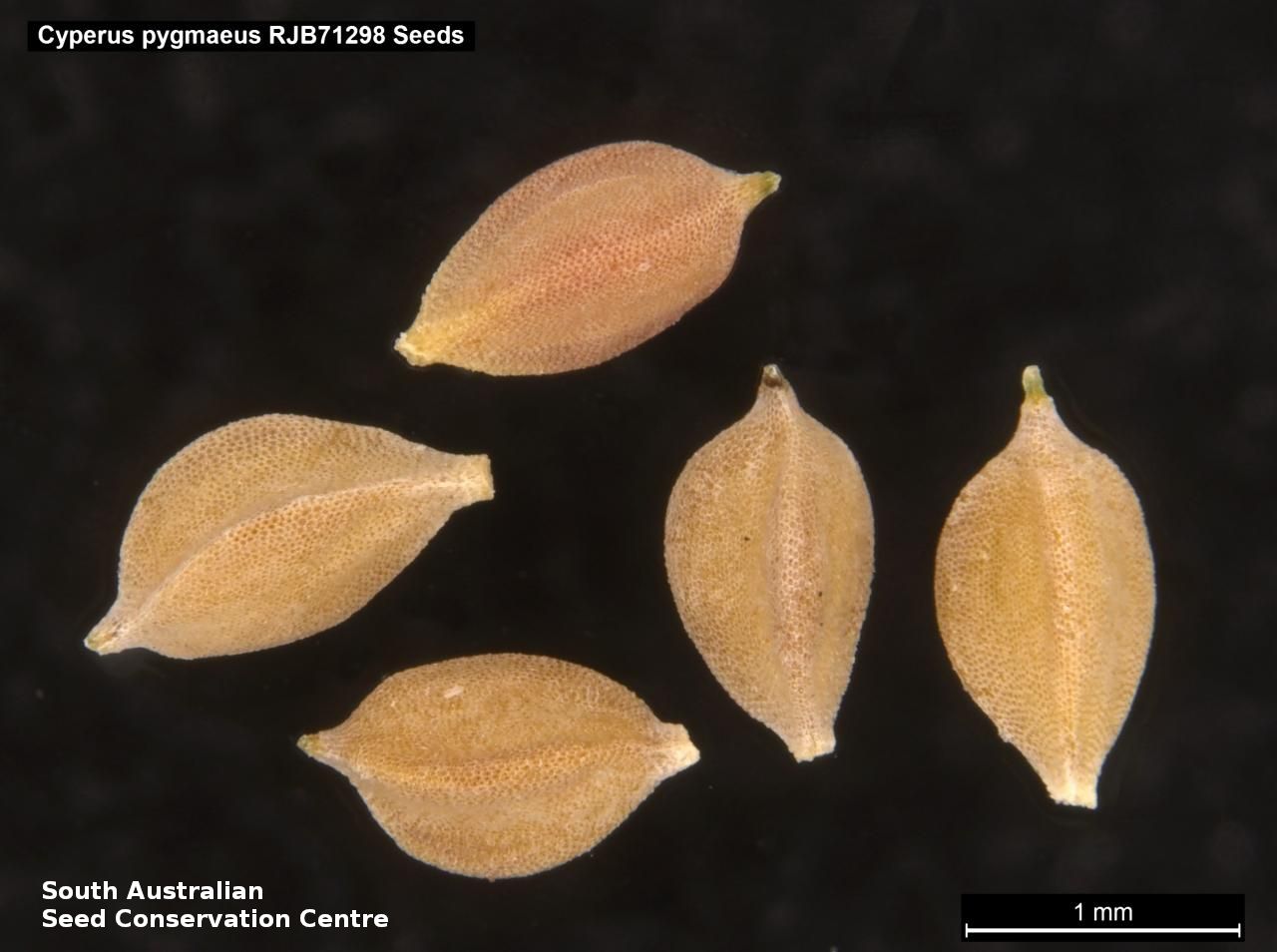

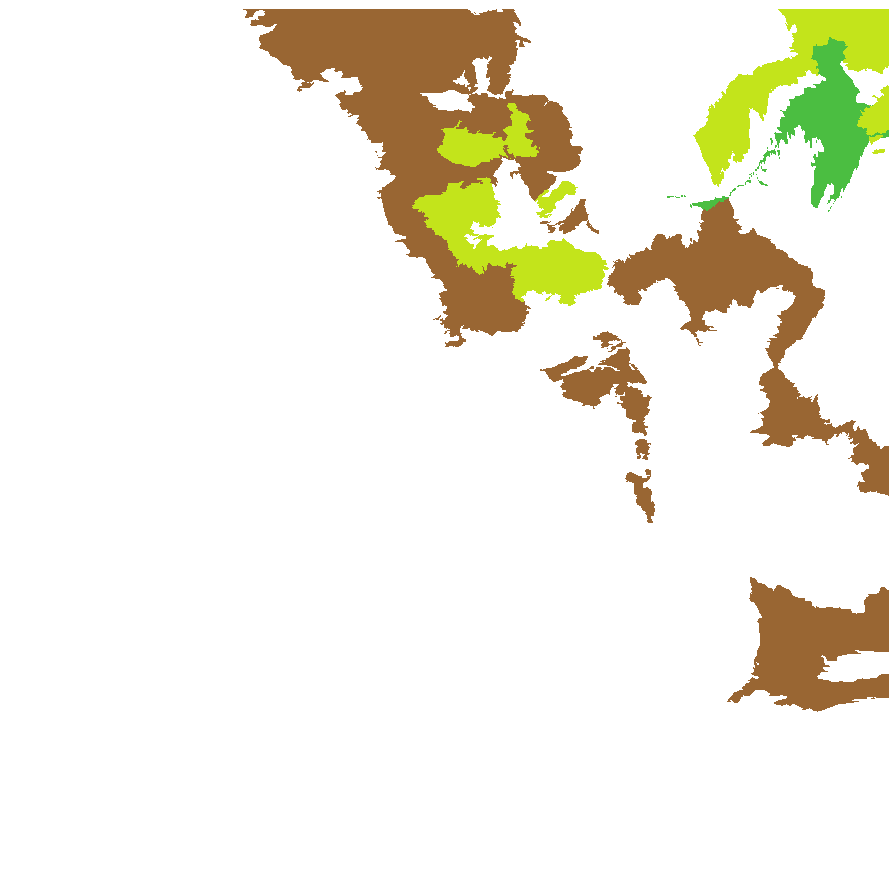
Common names
Dwarf Sedge
Pygmy Flat-sedge
Etymology
Cyperus from the Latin 'cyperos' and derived from the Greek 'kypeiros', an ancient Greek name used by Homer and Theophrastus for several plants of this genus. Pygmaeus from the Latin 'pygmaei' meaning pygmy, dwarf, referring to the species' habit.
Distribution and status
Found scattered across north-eastern South Australia, north of the Murray River growing in wet or often temporarily wet places. Also found in all mainland States. Native. Uncommon in South Australia. Rare in Victoria. Uncommon in Western Australia. Common in the other States.
Herbarium regions: North Western, Lake Eyre, Eastern, Murray
NRM regions: Alinytjara Wilurara, South Australian Arid Lands, South Australian Murray-Darling Basin
AVH map: SA distribution map (external link)
Plant description
Small tufted densely leafy annual sedge to 10 cm high and sometimes very small. Stems triquetrous, sometimes very short or apparently absent. Leaves grass-like, usually longer or much longer than the stems. Involucral bracts 3 to several, leafy, much longer than the inflorescence. Spikelets numerous in a single dense subglobose head, greenish, to 5 mm long and 1.5 mm wide with 8-20-flowers; stalk-less. Flowering between May and August. Seeds are orange-brown ovoid triangular seed to 1.7 mm long and 0.9 mm wide, with a reticulate surface. Seed embryo type is capitate.
Seed collection and propagation
Collect seeds between July and October. Collect fruits either by picking off the mature heads, those turning greenish-brown colour and come-off easily or pull out the whole plant. Place the heads in a tray and leave to dry for one to two weeks. Then rub the heads with a rubber bung to dislodge the seeds. Use a sieve to separate any unwanted material. Be careful, as the seeds are very small. Seeds are yellowish ovoid and hard. Store the seeds with a desiccant such as dried silica beads or dry rice, in an air tight container in a cool and dry place. From one collection, the seed viability was high, at 100%.
| Location | No. of seeds (weight grams) | Number of plants | Date collected | Collection number Collection location | Date stored | % Viability | Storage temperature |
|---|---|---|---|---|---|---|---|
| BGA MSB | 27,500 (1.92 g) 27,500 (1.92 g) | 3-Apr-2007 | RJB71298 Eastern | 1-Aug-2007 | 100% | -18°C | |
| BGA | 13,500 (1.02 g) | 30+ | 11-Jan-2012 | MJT375 Murray | 1-Jan-2016 | 85% | -18°C |
Number of plants: This is the number of plants from which the seeds were collected.
Collection location: The Herbarium of South Australia's region name.
% Viability: Percentage of filled healthy seeds determined by a cut test or x-ray.